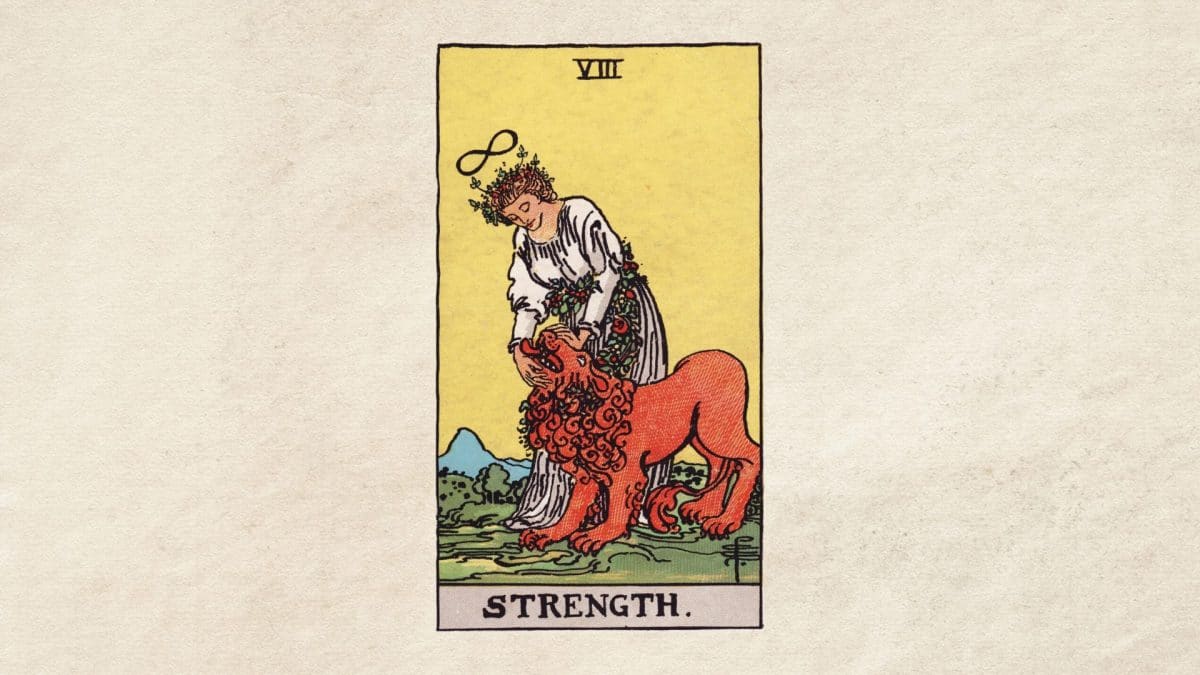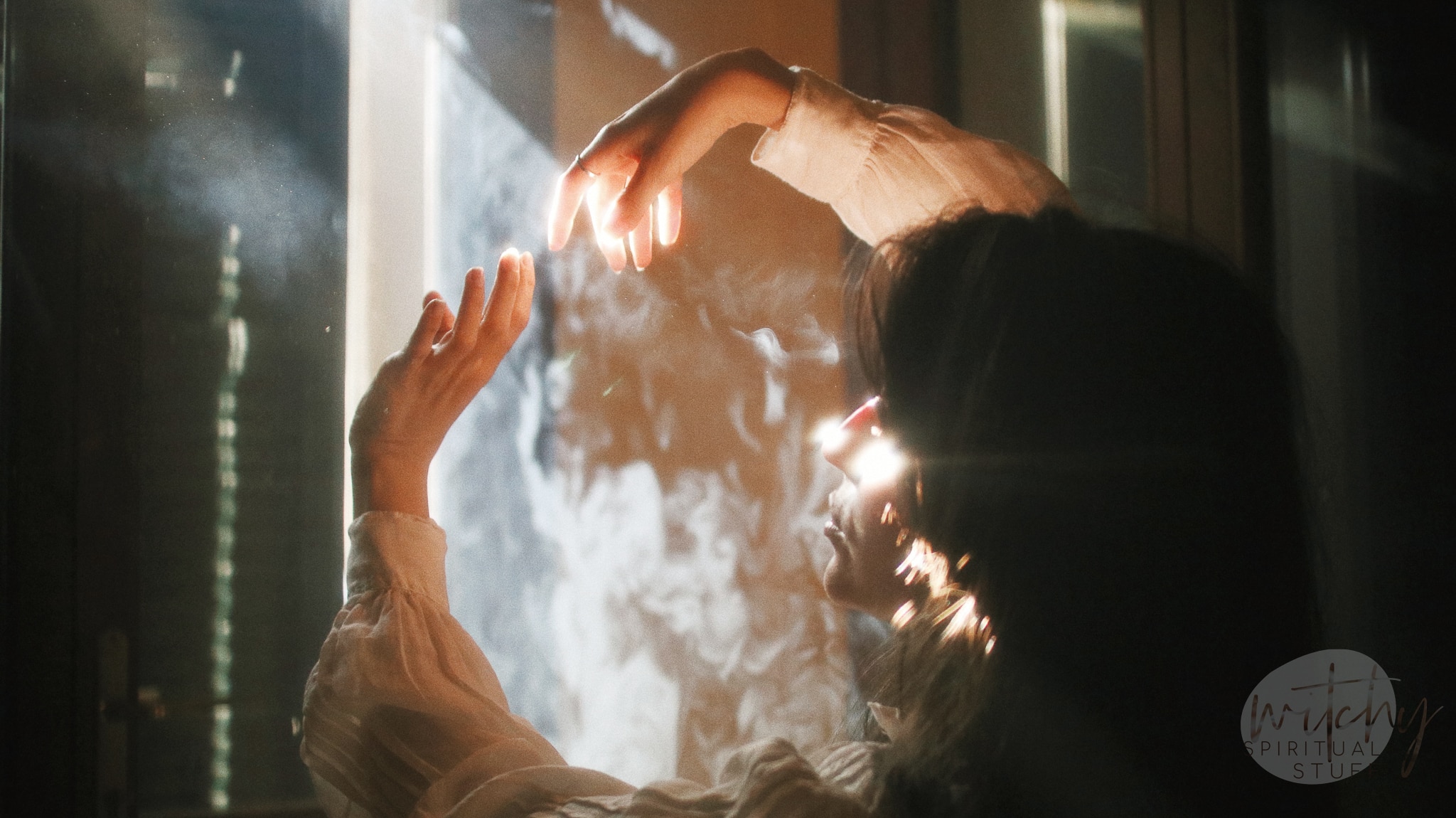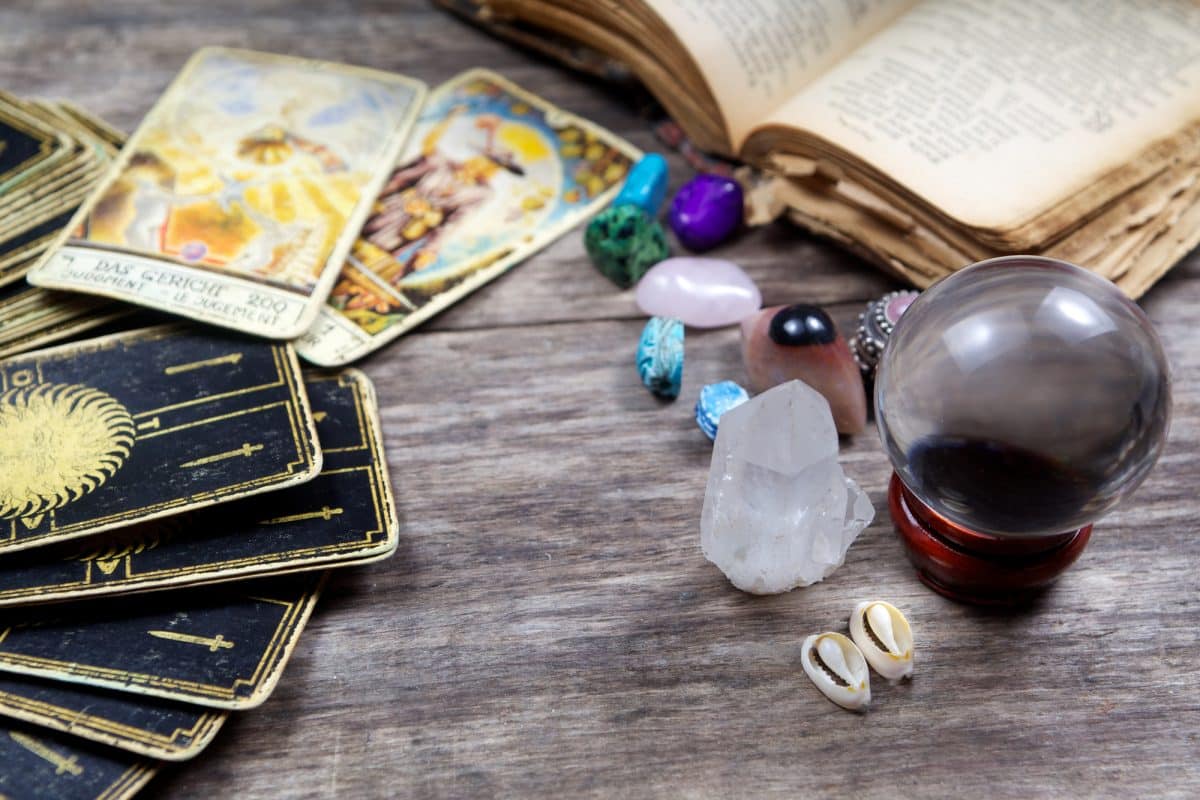The Powerful Meaning Behind A Death’s-Head Hawkmoth
Death Moths have become quite popular in the spiritual world and are now part of Gothic Noir decor collections across the nation. This collection has even become popular for Halloween.
But did you know, that Death Moths are actually real? And more importantly, have you ever wondered what it means when you see a death moth?
While sightings of a death moth are rare, it does come with a spiritual meaning that is worth knowing about.
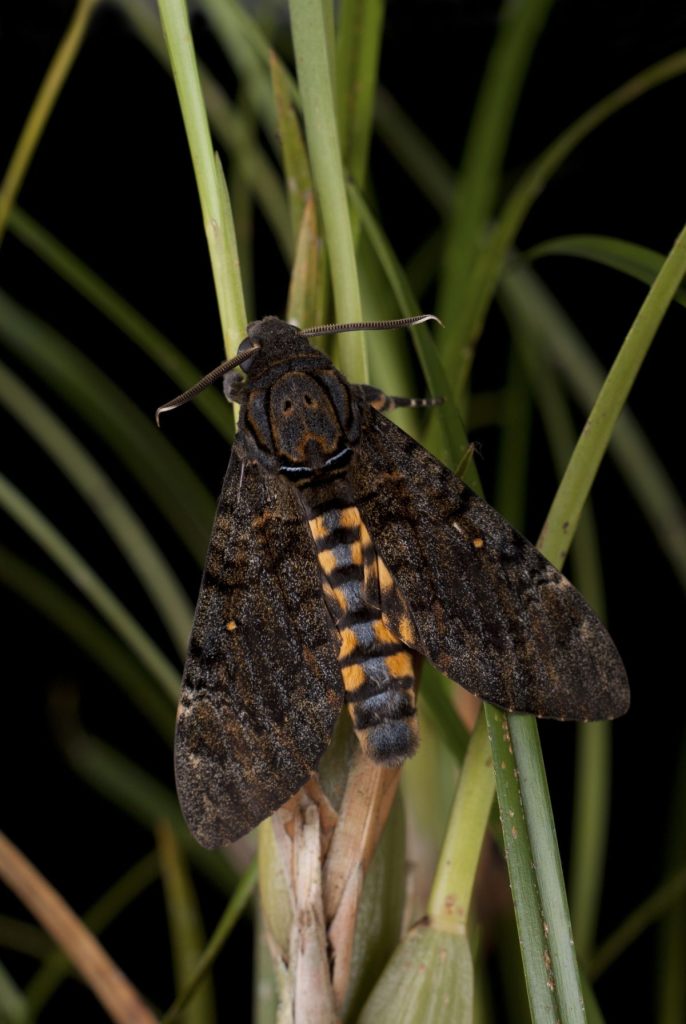
Table of Contents
The Mysterious World of the Death Moth
The Death Moth, also known as the Death’s-Head Hawkmoth, carries a sinister name and an even more fascinating story. A creature shrouded in superstition, folklore, and scientific curiosity, it stands as an intriguing study in the world of entomology (the study of insects).
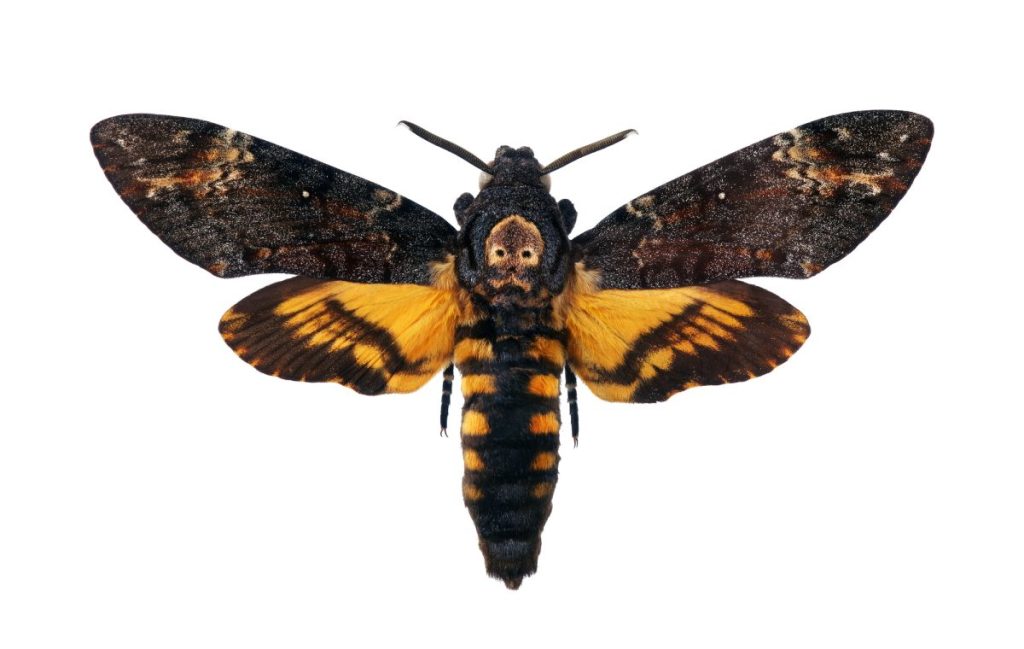
What is a Death Moth?
The Death Moth, known scientifically as Acherontia, is a genus of moths in the family Sphingidae. It encompasses three species: Acherontia atropos, Acherontia styx, and Acherontia lachesis. These species are most recognized by their unusual human skull-like pattern on the thorax, which has earned them their menacing moniker.
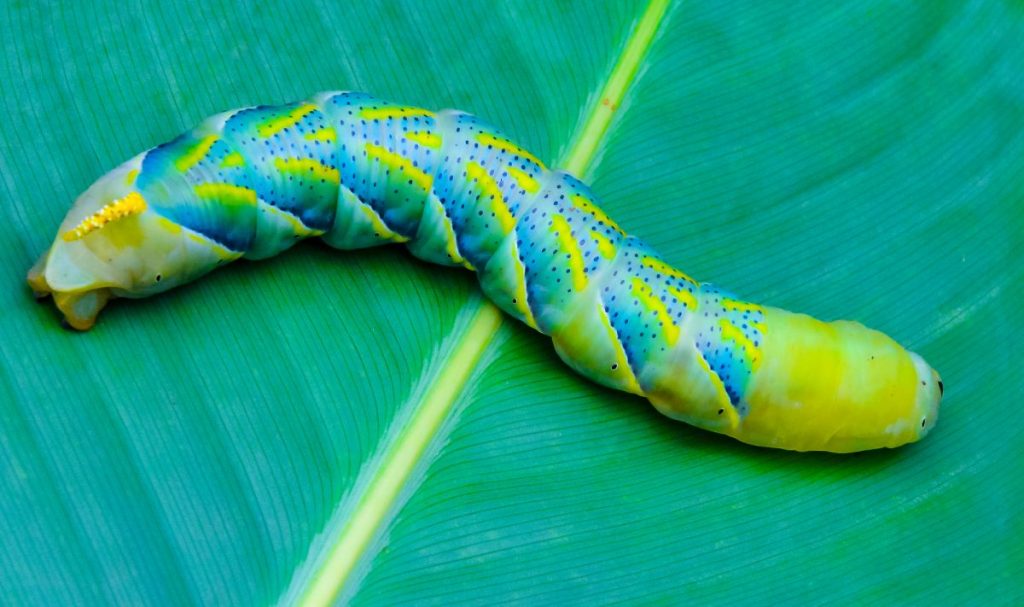
Where can you find a Death Moth?
Acherontia species are widely distributed across many regions of the world. The most commonly known species, Acherontia atropos, can be found in regions of Africa and Europe, while Acherontia styx and Acherontia lachesis are more common in Asia.
The Unusual Habits of the Death Moth
Do Death Moths have unique behaviors?
Yes, the Death Moth is known for several unique behaviors that set it apart from other moth species. Most famously, it has a habit of raiding beehives for honey. Even more surprisingly, these moths can mimic the scent of bees to avoid detection, making them one of the few known instances of insect-on-insect chemical camouflage.
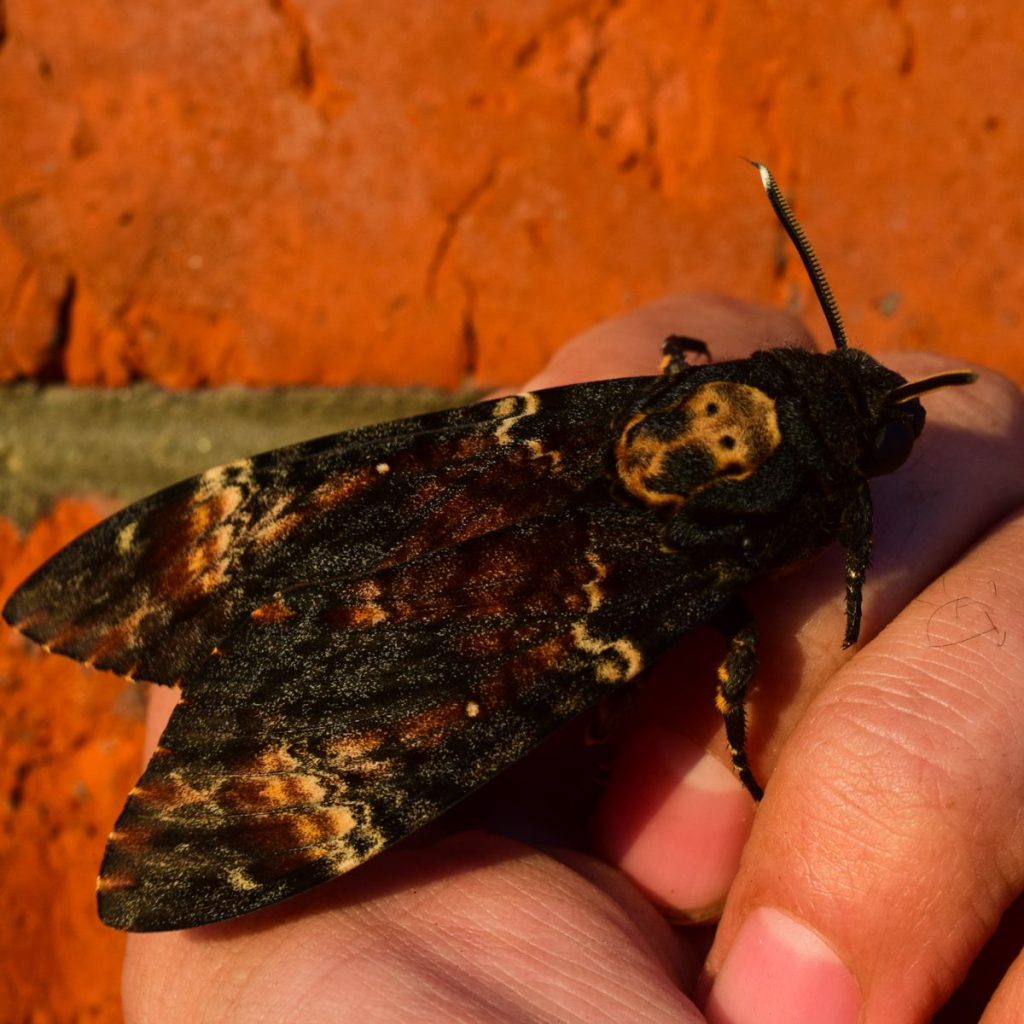
Can Death Moths make sounds?
Indeed, these moths can make a squeaking sound when threatened, achieved by forcibly expelling air from their pharynx. This unexpected behavior can startle predators and gives these moths an even more mysterious reputation.
Has the Death Moth appeared in popular culture?
Yes, the Death Moth has featured in various forms of popular culture, perhaps most famously in the film “The Silence of the Lambs,” where it serves as a chilling symbol of transformation and death.
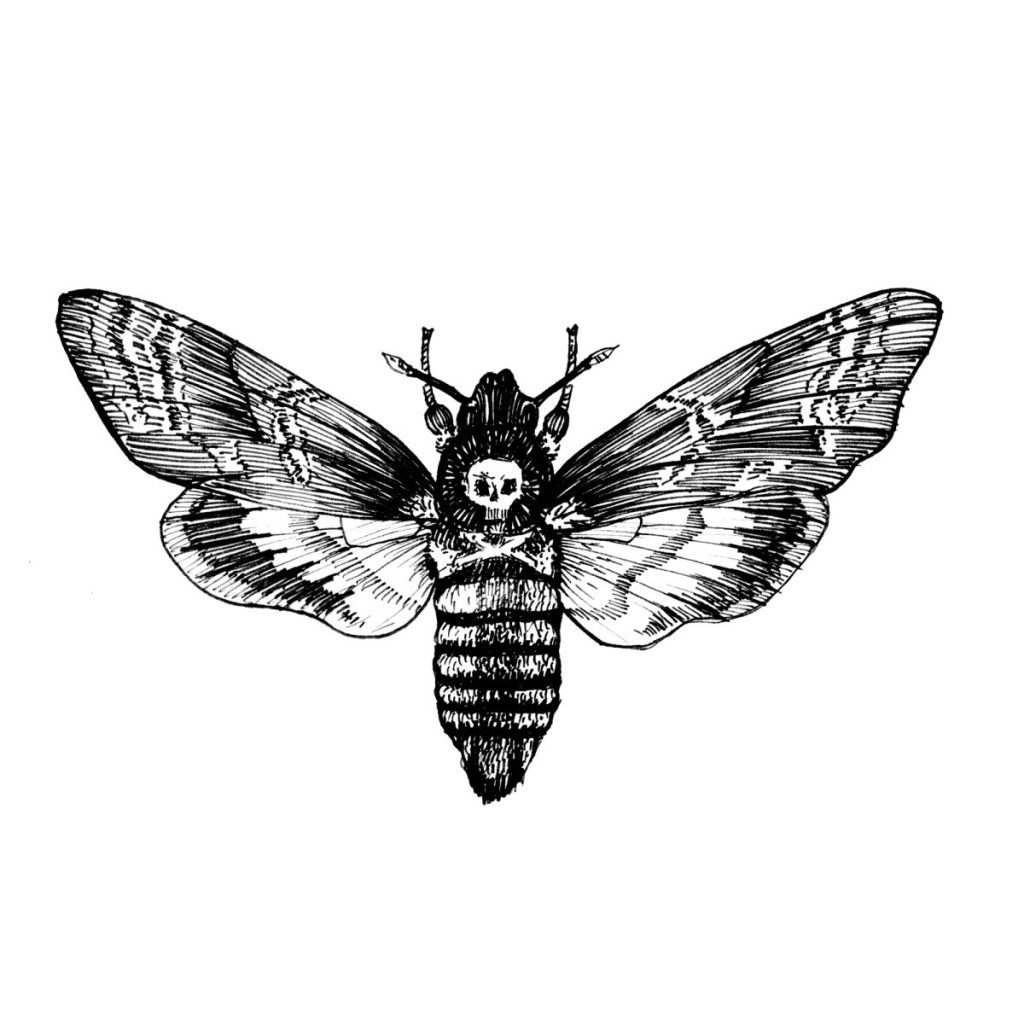
The Symbolism of the Death Moth
Why is the Death Moth associated with death?
The Death’s-Head Hawkmoth, commonly known as the Death Moth, carries with it deep symbolism that’s been woven into cultures and belief systems around the globe, as well as modern art and cinema.
The association between the Death Moth and death primarily stems from the human skull-like pattern on its thorax. However, its nighttime activity and unusual behaviors have only added to its eerie reputation. This striking visual cue of the skull pattern has led to associations with death and the afterlife, given the long-standing human tradition of using skulls to represent mortality. In many cultures, the Death Moth is even seen as an omen of death or misfortune. For instance, in some parts of Europe, it was once believed that the Death Moth would fly into the rooms of the dying.
Symbolism in Popular Culture
In contemporary culture, the Death Moth has often been used to symbolize death, the macabre, and the supernatural. Its most famous appearance might be in the film “The Silence of the Lambs,” where it was used as a symbol of transformation. The antagonist places the pupae of the moth into the throats of his victims as a dark metaphor of rebirth and change.
Other Spiritual Meanings of The Death’s-Head Hawkmoth
While the Death’s-Head Hawkmoth, or Death Moth, is often associated with darker symbols due to its distinctive skull pattern, there are positive interpretations and meanings to its sightings as well. Its metamorphosis from caterpillar to moth can mirror our own personal transformations and growth.
Here are some of the positive meanings associated with seeing a Death Moth:
Transformation
A Death Moth’s life cycle is a powerful symbol of transformation. Much like the moth itself, we humans can go through stages of profound change in our lives. Seeing a Death Moth can serve as a reminder of our capacity to evolve, grow, and reinvent ourselves.
Resilience
Despite the threat of predators, the Death Moth showcases resilience in its ability to mimic bee pheromones and infiltrate beehives for honey. This might signify that you too can adapt and overcome challenging situations in your life. It’s a symbol of strength, persistence, and survival.
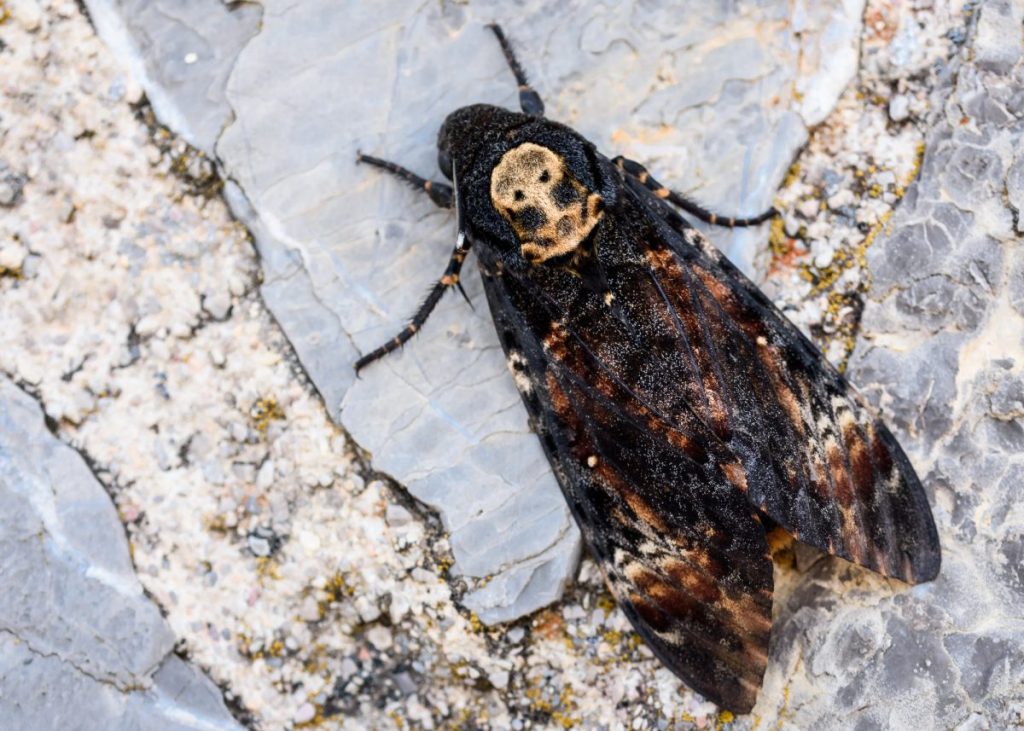
Metamorphosis
The metamorphosis of the Death Moth from a larva into a magnificent creature with flight capabilities is a positive symbol. It can be seen as a sign that you’re ready to break free from a metaphorical cocoon, spread your wings, and embark on a new journey or phase in your life.
Balance and Duality
The Death Moth’s association with both life and death illustrates the natural balance and duality in the world. Seeing one could be a reminder to acknowledge and appreciate the harmony of opposites in our own lives — the joy and sadness, the victories and losses, and the beginnings and endings.
Light in Darkness
Moths are creatures of the night, yet they’re invariably drawn to light. Seeing a Death Moth could symbolize finding hope and guidance in times of darkness or uncertainty. It encourages you to seek the ‘light’ in your life, which might represent wisdom, love, or a personal goal.
Remember, symbols are deeply personal and subjective. The meaning of seeing a Death Moth can differ from person to person, largely influenced by personal beliefs and experiences. It’s important to reflect on what this symbol means to you personally.


